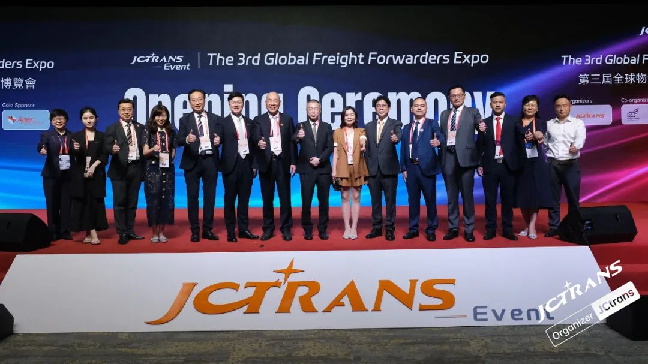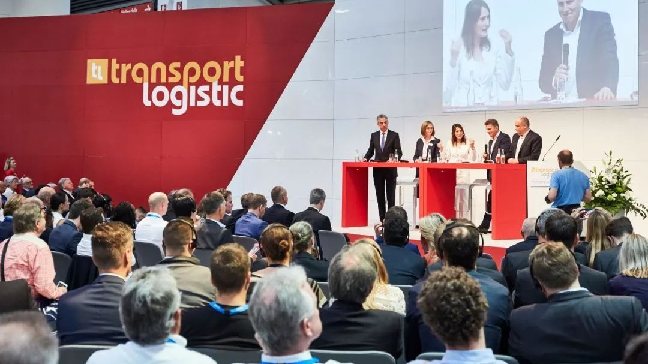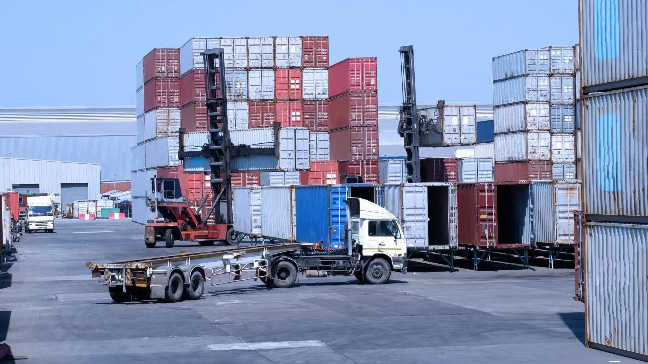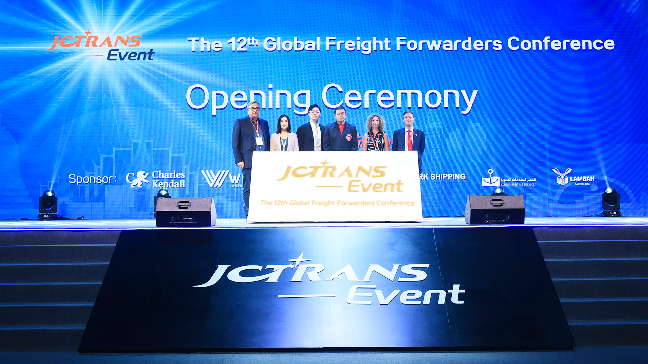




In the negotiation, when the export requirements are clear, the important condition for the success of the transaction is whether the quotation is reasonable.In the quotation of various indicators, in addition to the cost, expenses and profit, there is a very important factor is freight.So how is the shipping freight calculated?Before answer this question, let's take a look at the classification of containers.
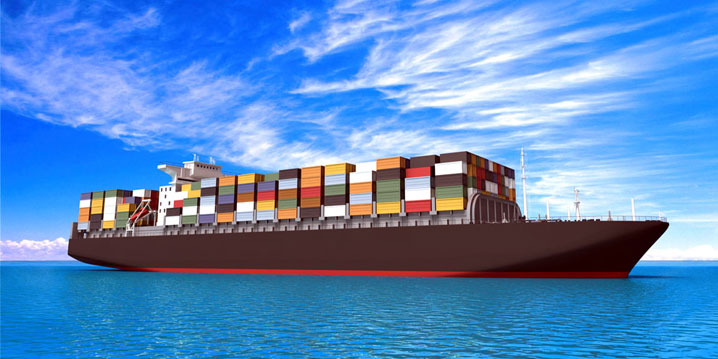
According to the business type, it is divided into FCL and LCL
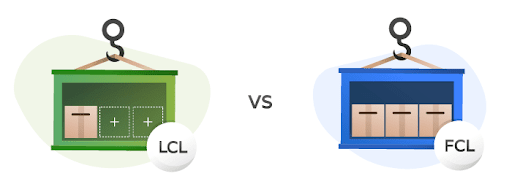
According to the size, it is mainly divided into 20-foot cabinets and 40-foot cabinets.
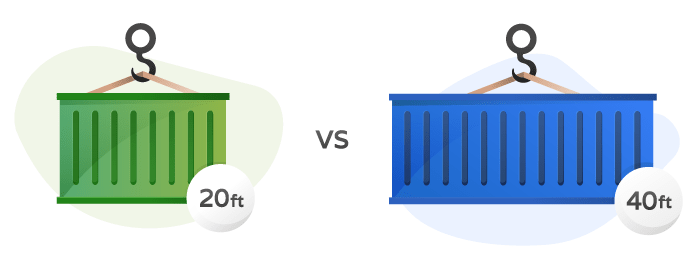
For the shipping rates calculation of FCL:one way is same to the LCL,according to tons for billing.Another way is also the common way which is according to numbers of boxes for billing.
In cases where containerized goods are shipped by FCL and the containers used are owned by the shipping line, the carrier has a "Container Minimum Utilization" and "Container Maximum Utilization" provision for shipping freight payments.
1.What is Container Minimum Utilization?
Generally speaking,The liner conference usually only calculates the tonnage of the goods in the container, but does not charge the weight or volume of the container itself. However, there is a minimum requirement for the loading utilization rate of the container, that is, "minimum utilization rate".
2.What is the main purpose of Container Minimum Utilization?
The main purpose of the minimum container utilization is to ensure the benefit of the carrier if the tonnage (weight or volume) of the cargo loaded does not meet the specified requirements, then the corresponding chargeable ton at the time of the minimum utilization is still calculated.The weight or volume of the pallets is usually included when determining the minimum utilization of the container.The size of the minimum utilization depends on the type and size of the container and the business strategy followed by the container liner company.
Of course, in some liner conference rate tables, the minimum utilization of containers is usually only related to the size of the box, without considering the type of container.
3. The lowest utilization rate is calculated in the form of freight charge
At present, there are three forms of charging freight according to the lowest container utilization: minimum load ton, minimum freight amount and a mixture of the two forms.
The minimum load ton may be weight ton or volume ton, or may be a percentage of the container's carrying capacity (load weight or volume).
The minimum tonnage in terms of weight ton or volume ton is usually different depending on the type and size of the container, but may be the same in some cases.
When the minimum tonnage is determined by a certain proportion of the container loading capacity, the proportion is usually the same for the load capacity and volume capacity of the container, but of course there are also different.
The minimum freight amount is a minimum freight amount per ton or per container, the latter of which is also known as the "minimum package freight".
For the mixed form of the above two forms, the minimum container utilization is determined according to the following method:
(1) a certain percentage of the container's carrying capacity or capacity plus the minimum freight rate specified by the container's unit capacity or per container;
Minimum weight ton or volume ton plus a certain percentage of the container capacity.
When the total weight or volume of the goods loaded in the container does not reach the specified minimum weight ton or volume ton, resulting in the capacity of the container is not fully utilized, the shipper will pay the loss of container freight.Deficit container freight is actually the freight charged for insufficient chargeable tons, namely the difference between the minimum chargeable tons and the actual quantity of loaded goods.
When calculating the freight for loss of container, the calculation standard is usually the one with the highest rate among the goods contained in the container.In addition, when the minimum container utilization is expressed in the form of "minimum container freight", if the amount of freight derived from the number of tons of goods in the container multiplied by the base rate, plus the relevant surcharges, is still lower than the minimum container freight, the latter will be charged.
1.What is Container Maximum Utilization?
The meaning of the highest utilization rate of container is, when the volume of the accumulated ton of the goods carried inside the container exceeds the capacity that container rules take (container content is accumulated), freight charges are collected by the container content accumulation plan, that is to say, the excess part is exempted from freight charges.
2.Freight standard for the highest utilization rate
The following two methods are usually used when freight: one is that all goods in the box are calculated according to the rate applicable to the highest rate class of goods in the box;
The other method is to calculate according to the rate, from the higher rate to the lower rate, until the total volume of the cargo is equal to the specified volume of container contents.
It should be noted that if the shipper does not make a detailed declaration of the contents of the container as required by the carrier, the freight will be charged on the basis of the contents of the container and at the highest applicable rate for the contents of the container.
If only part of the goods in the carton has no declared quantity, then the freight for the undeclared part shall be charged according to the difference between the volume of the contents of the carton and the freight tons of the declared goods.
3.The main purpose of Maximum Utilization
Main is to encourage the shipper to use the container to ship the goods, and can maximize the use of the container's content volume.
For this reason, in the calculation of container ocean freight, shipping companies usually set a maximum utilization rate according to the contents of containers for various specifications and types of containers.
For example, a 20ft container has a maximum utilization of 31 cubic metres, while a 40ft container has a maximum utilization of 67 cubic metres.
The reason for the maximum utilization rate is to use the volume tons rather than the weight tons as the unit of calculation, because each container has its maximum load, in transportation is not allowed to excess weight.
Therefore, under normal circumstances, there should not be overweight containers, let alone encourage overweight practices.
LCL freight calculation mainly adopts the "W/M" method.Usually freight tons of goods are divided into weight tons (W) and size tons (M).
According to the gross weight of the commodity to 1000 kg for 1 weight ton;Take 1 cubic meter as 1 metric ton;
Charging standard "W/M" refers to the weight of the commodity ton and size ton of the two choose to charge.
Generally, the default unit rate is fixed in theory, so only the comparison of a single variable of freight ton is considered in the solution.
However, in actual business, the LCL rate given by different forwarders is often different according to weight ton and size ton. In this case, double variables should be considered, and then comparison should be made according to the combination calculation of different rates and freight tons.
For example, if the weight of a commodity is 5 tons and the volume is 8 cubic meters, and the "W/M" rate is USD100/60, then the final total freight is not only compared between W and M, but between 5×100 and 8×60, and the final freight is charged $500 according to the standard of the higher weight ton.When calculating the FCL box rate, the comparison order should be based on the size of the box (40 feet -20 feet - LCL).
At the same time, we should pay attention to two aspects: first, when it comes to LCL, we should pay attention to the "W/M" is the product of freight ton and rate to compare, according to the higher LCL freight;Second, when calculating the total freight, whether it is FCL or FCL+LCL, it must be calculated according to the lowest price of the total freight.
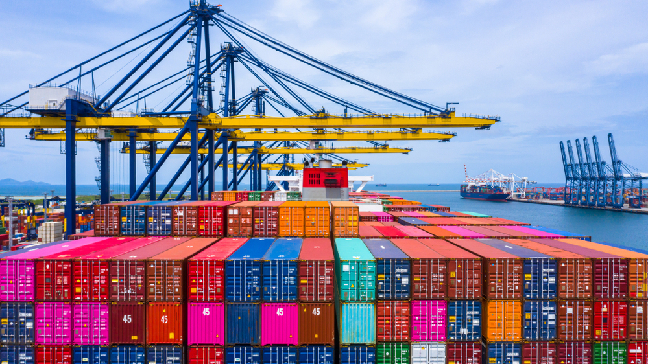

Dansk Bilspedition A/S
